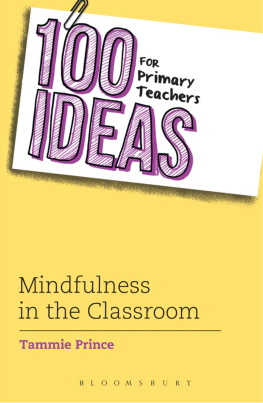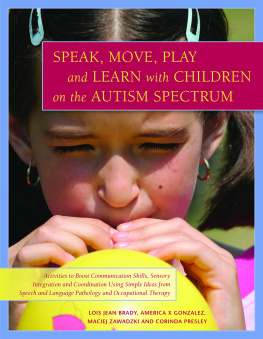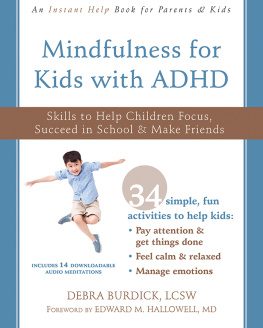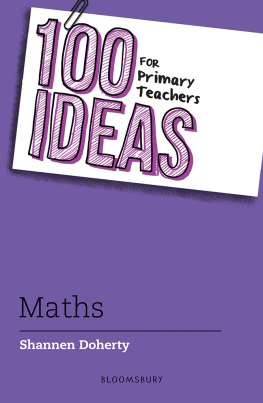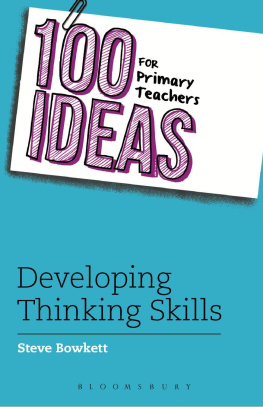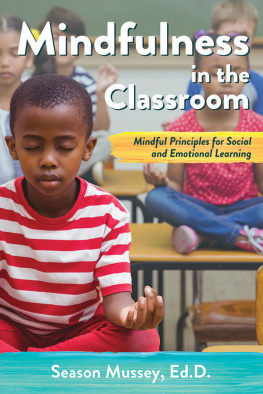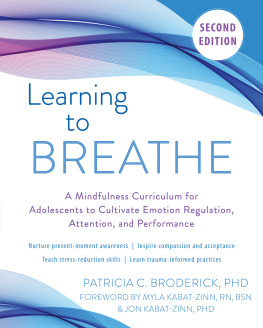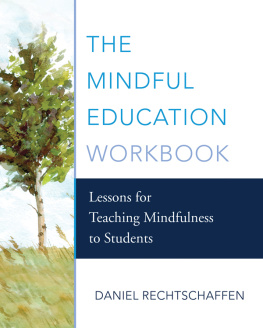Content
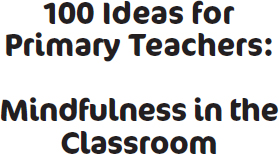
Other titles in the 100 Ideas for Primary Teachers series
100 Ideas for Primary Teachers: Behaviour Management
by Molly Potter
100 Ideas for Primary Teachers: Computing
by Steve Bunce
100 Ideas for Primary Teachers: Developing Thinking Skills
by Steve Bowkett
100 Ideas for Primary Teachers: Outstanding Teaching
by Stephen Lockyer
100 Ideas for Primary Teachers: Transition to Secondary School
by Molly Potter
100 Ideas for Primary Teachers: Supporting Children with Dyslexia
by Gavin Reid and Shannon Green
100 Ideas for Primary Teachers: Raising Boys Achievement
by Gary Wilson
100 Ideas for Primary Teachers: Differentiation
by Rachel Orr
100 Ideas for Primary Teachers: Numeracy Difficulties and Dyscalculia
by Patricia Babtie
100 Ideas for Primary Teachers: Homework
by Jenna Lucas

Contents
Special acknowledgement and thanks go to the staff and children of Green Lane Primary for their support and enthusiasm in the development and trialling of the initial research for developing mindfulness in the classroom.
Thanks also go to my Twitter followers worldwide who continued to trial the strategies in the classroom and give constructive feedback during the writing of the book, and to the publishing team at Bloomsbury for their support and guidance.
Above all, I would like to thank my husband, Chris, for his support, patience and belief in me and the writing of this book. You keep me focused.
According to the UK government document Mental Health and Behaviour in Schools, One in ten children and young people aged 5 to 16 has a clinically diagnosed mental health disorder and around one in seven has less severe problems. One of the key points made in the document is that in order to help children succeed, schools have a role to play in supporting them to be resilient and mentally healthy.
The development of mindfulness in the classroom arms our children with lifelong skills that support their current and future mental health and well-being. Mindfulness can be defined as the mental state achieved by focusing on the present moment while also accepting our feelings, thoughts and bodily sensations. Studies have shown that childhood mindfulness development has numerous positive benefits. Some of these include stress relief, mental focus, discovering life balance, deepening social skills, better sleep, greater self-esteem, emotion control, improved decision-making skills and development of mathematical skills.
However, with an ever-growing curriculum, planning for yet another aspect within a school day can feel like an overwhelming task. Adding the shrinking budgets available for resourcing new initiatives in school has led to the development of this book to provide teachers in the classroom with free and low-cost ideas that are quick and easy to use to support the development of mindfulness. There is no need to follow any particular order or to use all of the strategies. You can pick and choose those that catch your interest and give them a try. It is suggested that you try a strategy at least two times before you dismiss it. This is particularly true with many of the breathing and meditation ideas.
The foundation of the book is to integrate mindfulness as part of the school day, taking into account the needs of the class and aiming to develop positive mental health skills for ALL children in the class, including those with ADHD and autism spectrum disorders.
Essentially, we want mindful practice to be part and parcel of our childrens lives and something that they can take beyond the classroom doors and into the real world.
Once children have been taught many of the various strategies, they can be used as part of the scheduled day with little additional input or teaching. The key is that the children will start to use what they have been taught independently as a way of dealing with their own anxiety, stress, anger, etc. A positive impact can be seen with as little as ten minutes of mindfulness-based activity each day. It is important that, when you teach the strategies, all the adults who work with the children also know the strategies so that they can be understood and encouraged.
There is a section specifically for mindfulness strategies for adults included in the book. It is important to note that the number one factor in the success of the development of mindfulness in the classroom is the development of your own mindfulness.
Not all strategies will work for all people. Therefore, trialling a variety of strategies that you feel comfortable with delivering and trying out is important when finding just the right ones that meet the needs of you and your class.
Inhale deeply, hold, exhale completely and begin.
This book includes quick, easy, practical ideas and guidance for you to dip in and out of, to help you plan and carry out mindfulness activities for the children in your class.
Each idea includes:
a catchy title, easy to refer to and share with your colleagues
a quote from a practitioner, parent or child describing their experience that has led to the idea
a summary of the idea in bold, making it easy to flick through the book and identify an idea you want to use at a glance
a step-by-step guide to implementing the idea.
Each idea also includes one or more of the following:
Teaching tip |
Practical tips and advice for how and how not to run the activity or put the idea into practice. |
Taking it further |
Ideas and advice for how to extend the idea or develop it further. |
Bonus idea | 
|
There are 27 bonus ideas in this book that are extra exciting, extra original and extra interesting. |
#hashtags
To prompt further exploration and discussion of the ideas online.
I knew breathing was important. But I never realised how important it can be for our mental well-being.
Deep breathing is the basis of most mindfulness exercises, and natures automatic response to calm a person down. It allows you to focus and stay grounded in the present moment.
We take more than 20,000 breaths a day. Breathing is as natural as you can get.
There is really no right or wrong way to deep breathe. However, a formula to follow is to inhale for a shorter time than you exhale, with a slight pause in-between and a slight pause at the end of each breath. You are trying to do two things: trick your body into thinking it is relaxed (even if it is not) and provide an anchor point in the present.
Focus during the breathing should be on the sound, feel and rhythm of your breath, particularly on the exhale.
When teaching this technique to children, it is important that you talk them through the breathing. Here is a short script you can try:
Breathe in 1, 2, 3, 4, 5 (modelling a slow, deliberate inhaling of breath that fills the body).
Pause (pause only for a count of one, which is about as long as it takes for you to say the word).

